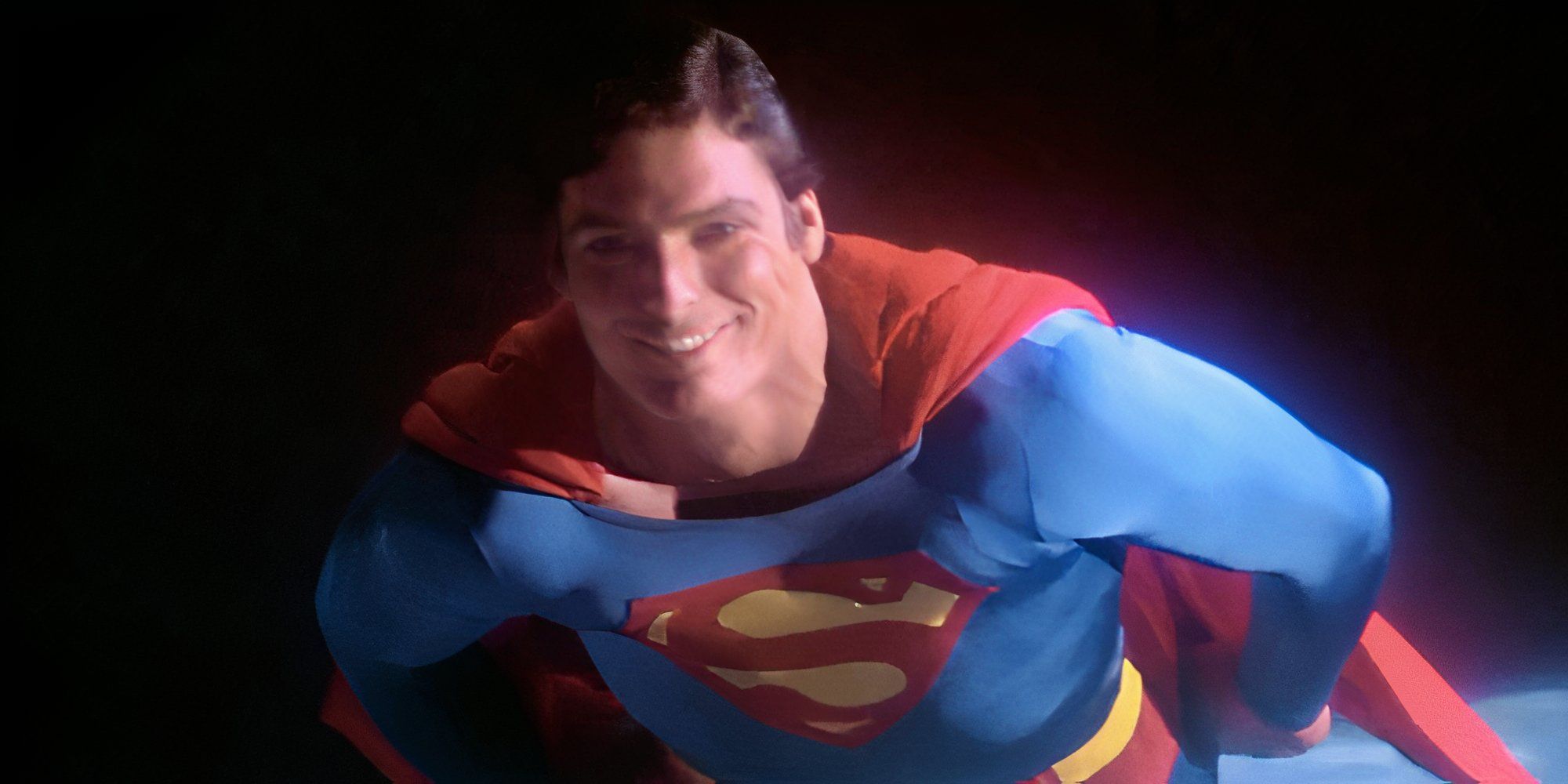The idea of a decades-spanning serial killer is one of the most iconic tropes in the horror genre, with Halloween‘s Michael Myers proving to be the most notable. With his feature directorial debut in He Never Left, writer/director James Morris looks to bring a fresh twist to the slasher subgenre by creating a new menacing serial killer, and though the movie’s final act somewhat stumbles through its attempt at a big twist, it proves to be a refreshing approach to the formula.
He Never Left follows Colin Cunningham’s Gabriel, an ex-convict on the run after an incident at his first job out of prison results in the death of his young boss. Holing up at a small-town motel with the help of his girlfriend Carly, also an ex-con and recovering addict working to get custody of her child back, Gabriel hears what sounds like a murder in the room next door. As he tries to convince her of the situation, while also wanting to flee from authorities, Gabriel and Carly realize they may be the next targets of the Pale Face Killer.
He Never Left’s One-Room Focus Creates A Unique Character-Driven Story
The Movie Makes Effective Use Of Its Fugitive Subplot To Keep The Tension High
One of the more intriguing elements of He Never Left is the fact that the movie is set almost entirely in one location — Gabriel’s room. Considering one of the basic elements of the slasher subgenre is to feature a large body count, filmmakers generally take to incorporating a variety of locations into their story, even if it just happens to be multiple rooms within one location, much like Halloween: Resurrection, set entirely in Michael’s family home, or the Shudder Original movie Haunt, in which a haunted house attraction proved to be something much worse.
The melding of a fugitive story with the slasher genre proves to be a winning mix for He Never Left…
This isn’t to say that He Never Left is exclusively set in Gabriel’s hotel room, as we see a fair amount of story following the two U.S. Marshals tasked with tracking him down at a couple of locations, and flashbacks show what led to Gabriel’s arrival in the room. However, Morris, Cunningham and Michael Ballif, the latter two of whom helped develop the story for the film, smartly keep the majority of the movie’s 90-minute runtime focused on Gabriel as he is trapped in the hotel room.
The melding of a fugitive story with the slasher genre proves to be a winning mix for He Never Left, as the tension is almost doubled. Though he may not be the most sympathetic character, the fact he is presented as our protagonist makes us compelled by his journey to avoid arrest, thus making it all the more fascinating to watch as he wrestles with doing the right thing and stopping the potential return of a local serial killer and plotting his escape.
Morris Offers A Refreshingly Honest Take On The Life Of An Ex-Con
Between Thought-Provoking Monologues & Cunningham’s Dedicated Performance, We Do Come To Care
He Never Left offers a nicely honest depiction of what the life of an ex-con too often looks like. After initially coming across as a brash figure, Gabriel quickly shows a sense of vulnerability we don’t often see from similar characters as he explains to Carly the situation that led to him being on the run and her being his accomplice during it. Chronicling his struggles with finding a job and regaining a sense of normalcy, it feels somewhat reminiscent of The Shawshank Redemption, in the best way.
Related
Super/Man: The Christopher Reeve Story Review – A Deeper, Sobering Look At The Superman Actor
Super/Man touches upon the role and its impact on Reeve’s career and personal life, but it’s more of a touching ode to the man behind the cape.
As the movie progresses, this starts to somewhat go by the wayside as the life-or-death stakes become real for Gabriel and the rest of the He Never Left cast, yet Morris never fully forgets about it. Instead, the writer-director smartly keeps a throughline of growth and reflection on accountability going as the legends of the Pale Face Killer prove to be even more true. This, in turn, allowed me to connect with Gabriel as he asked for Carly and others’ forgiveness and embraced his past crimes going into the movie’s finale, all of which Cunningham dedicates himself to fully.
He Never Left’s Lackluster Final Act Nearly Derails The Proceedings
An Underwhelming Reveal & Baffling Character Choices Undermine Almost Everything Else
Despite so many of the film’s more engaging elements, He Never Left nearly succumbs from its efforts to wrap up its story in the final act. Treating the killer much like Bruce in Jaws, Morris largely gives Pale Face minimal screentime, with the final 30 minutes seeing Gabriel learning their true identity and even that they’re not alone, having accomplices we’ve been watching throughout the film. Though the big twist may not have landed effectively, it’s really the handling of everything after that where it falters.
Between Gabriel making a series of baffling decisions to the movie ending on a fairly similar note to Bryan Bertino’s The Strangers, all the good graces gained admittedly soured a bit. Rather than stay true to the subversive approach they had in the rest of the film, it ultimately feels like they couldn’t settle on a genuinely effective ending, instead electing to leave the door open for a follow-up, be it a prequel or sequel. Though I would be open to seeing either, it still doesn’t quite fit the mold of the rest of the movie.
He Never Left is now playing in select theaters, and it will be available on VOD on November 5. The film is 89 minutes long and not rated.

